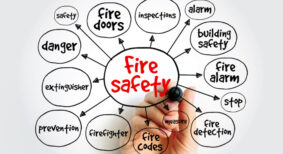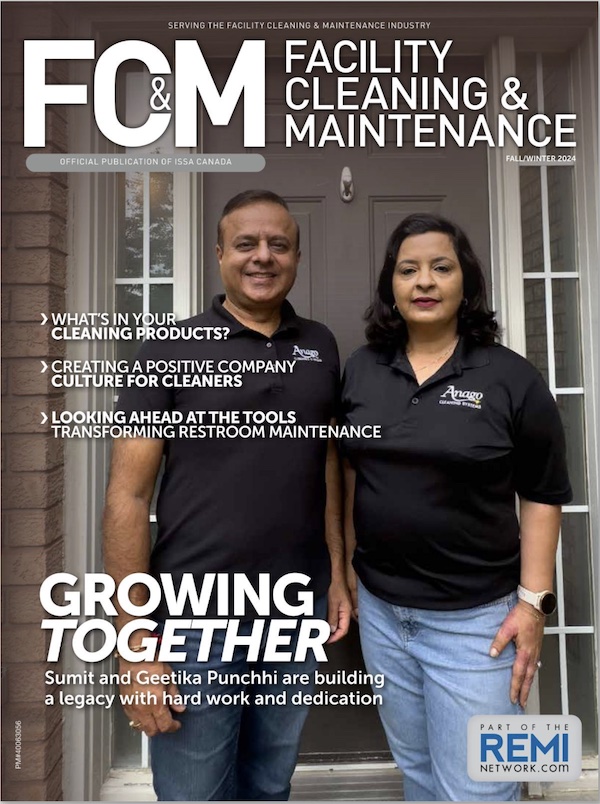Cleaning is a physical job that requires a level of skill and fitness that’s different from so many other occupations, and maintaining optimal health is a vital part of being successful. Common risk factors like slips and falls, overuse injuries, and lifting strains can often be avoided with a preventative approach, attention to detail, consistent protocols, and safe work practices.
Here are some tips for keeping cleaning staff healthy and performing at their best:
Follow strict signage rules: Slips and fall accidents can happen when floors are wet and unmarked. Ensure that your teams are using Wet Floor signs wherever they see they are needed so they don’t get caught off guard when the floor is slippery. Similarly, when teams are using multiple pieces of equipment in a small space, taping down cords and cables can help mitigate tripping hazards.
Provide proper equipment: Investing in the right equipment means your teams will have the tools they need to get the job done. Adjusting equipment like vacuum cleaner heights can help avoid injury from continually bending over or overreaching. Also, discourage the overloading of carts with unnecessary additional weight, encouraging staff to make another trip or ask for help with certain tasks.
Practice safe storage: Store and organize equipment properly for easy and safe access. Put heavy items and equipment close to the floor to avoid injuries from falling or dropping. Keep step stools handy for easier access to top shelves and store the most commonly used items within reach.
Follow product instructions: Cleaners often use a variety of disinfectants, bleach, and cleaning chemicals that can pose serious health risks like respiratory problems, skin irritation, and chemical burns if not handled correctly. Staff must be protected with PPE like gloves, glasses, and anything else they need. Paying strict attention to following the labels is also critical as they store, use, and dilute these cleaning supplies.
Train your team: Undertrained employees can make mistakes that lead to accidents or injuries, so create policies and procedures that ensure that your staff is properly trained, follow SOPs, consult resources like the Canadian Centre for Occupational Health and Safety (CCOHS), and update your practices based on employee feedback. Also, encouraging regular, scheduled breaks can help relieve fatigue and improve employee morale. Training should cover the proper use of equipment and PPE, chemical safety protocols, common risks, and more.
Practice organized risk management: Practicing risk management and emergency preparedness means an ongoing effort to maintain your commitment to a safe working environment and includes steps like targeted risk management plans, customized emergency response procedures, and systematic incident reporting.
Prioritize mental health: With heightened attention on cleaning and hygiene in recent years, many cleaners have been overworked or burnt out due to labour shortages and a lack of balance. 70 per cent of night-shift cleaners are not getting enough sleep, 45 per cent of female workers have safety concerns, and 70 per cent said they work off-hours because they don’t have a choice. Create a positive culture with open communication, use automation to pick up the slack, and set strict schedules that allow for a healthy work-life balance.
Plan ahead: Everything is not always going to go according to plan, so even with consistent safety protocols, you need to put a good insurance plan in place. Consult your insurance company to develop a plan that addresses your specific needs should an incident occur.
Janitors and cleaners face daily risks in the workplace, but being proactive can help mitigate those risks and keep employees safe. Implement robust safety protocols, remain vigilant with thorough employee training, update and store your equipment safely, and follow a risk management strategy that allows your business to thrive and your employees to remain secure and protected.









